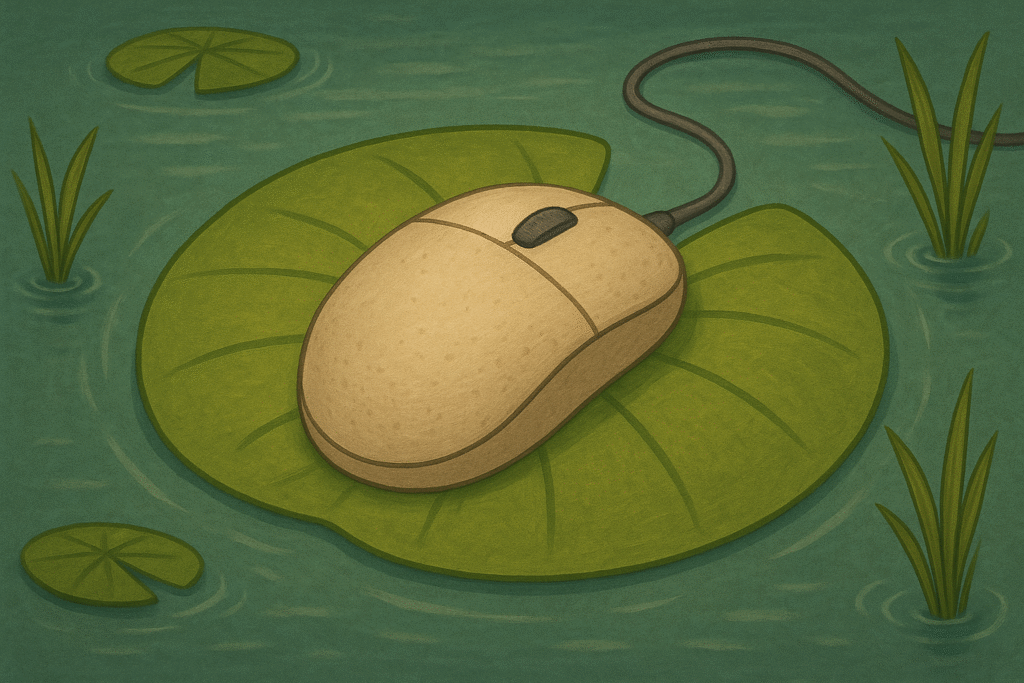No matter how much time you have for PE, what matters most is making every minute count. Smart planning, efficient setup, and keeping students moving are the keys to turning any class into a great one.

In many countries, PE lessons don’t get nearly enough time each week. And it’s no surprise to hear PE teachers complaining — with very good reason — about this situation.
But no matter how much time you have, here’s one thing that makes all the difference: what really matters is making every single minute count.
Whether you only have one class per week or you’re lucky enough to have a more generous schedule, how you organize your lesson can turn an average class into a great one.
Plan smart — improvise only when you really need to
Improvisation has its moments. But it shouldn’t be your go-to strategy.
The better prepared you are, the more time your students will spend moving — and after all, that’s what PE is really about.
Here are three key things to figure out before your class even starts:
- How many students will you have? Knowing the number of students helps you adjust games, teams, and equipment. Good communication with other teachers really helps here.
- What equipment do you need? Never assume everything will be ready. Check and prepare it ahead of time.
- Exactly how long is your class? It sounds obvious, but being clear about the time allows you to organize warm-up, main activities, and cool down properly.
Win extra minutes without anyone noticing
Here’s a simple but powerful habit: get all the equipment ready before your students arrive.
A lot of teachers wait until the students are on the court or in the gym to start setting up… and that’s lost time.
Can’t set it up before class because of school rules? No problem. Teach your students a go-to warm-up they can do independently while you get everything ready. That’s teaching too.
And above all… keep them moving
Because there’s no point saving minutes if you lose them later with activities where half the class is just standing around waiting.
Watch out for activities like 1v1 drills or big relay races with long lines. If there are more kids standing still than moving… it’s time to rethink the plan.
Remember: beyond whether an activity is technically good or bad, one of the golden rules of PE is simple — keep your students moving for as long as possible.


